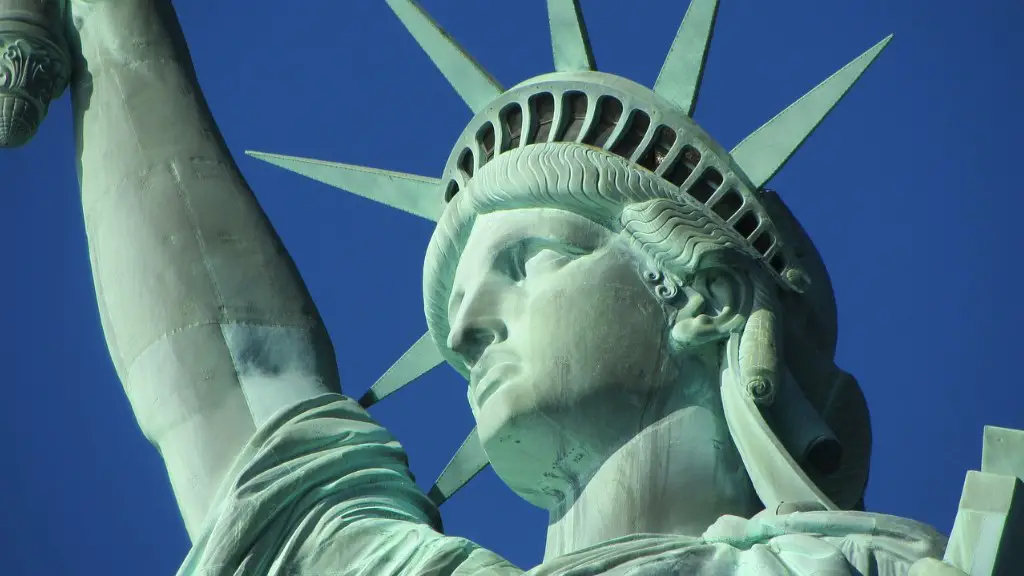Kilimanjaro is one of the world’s most iconic mountain peaks. Located in Tanzania, Kilimanjaro towers nearly 5 miles above sea level and is Africa’s highest mountain. Hundreds of thousands of people have attempted to climb Kilimanjaro, with some taking as few as seven days. But the question of ‘How long to train to climb Kilimanjaro?’ remains.
Reaching the roof of Africa requires serious preparation. Although it is possible to climb Kilimanjaro without specific training, this should not be attempted unless you are an experienced mountain climber. For everyone else, physical training is essential if you are hoping to reach the summit.
The amount of time and effort required to adequately prepare for the trek depends on current fitness levels. If you lead an active lifestyle with regular exercise, you can likely complete the trek with four or five months of purposeful training. However, if you are new to exercise you may require up to eight months of proper aerobic work and strength training to prepare.
Training Tips
Structured fitness training is a necessary precursor to any Kilimanjaro attempt. Walking, running, cycling and swimming all make great aerobic training options. Try to workout for at least 30 minutes four to five days a week. Even if you have an active lifestyle, you should commit to a more rigorous regimen in the months leading up to the trek.
Strength training can also be beneficial for scaling Kilimanjaro. Yoga and strength classes are a great way to improve balance and stamina. Incorporate Bicep curls, Shoulder presses and Core work into your regular routine to ensure your muscles are primed for the hike. It is also important to practice walking for extended time with additional weight to simulate the conditions you will face on the mountain.
Climbing Kilimanjaro takes physical and mental preparation. Fitness experts suggest giving your body some rest days, not only to recover but also to keep the process enjoyable. Instead of pushing yourself to exhaustion, use your rest days to practice navigational and map reading skills. You can also take this time to improve your knowledge of the mountain, history, vegetation and wildlife, to better appreciate the journey.
Nutrition
Staying fueled and hydrated while hiking will help your body cope with the physical demands. Eating nutrient dense food like fruits and vegetables is a must. Whole grains, nuts and protein sources can also improve energy levels during the hike. As you prepare, practice eating small meals throughout the day and stick to the same types of foods that you plan to take on the hike. Sticking to familiar food will reduce the chances of digestive issues as you ascend. Proper hydration is also essential for preventing altitude sickness, so make sure to drink plenty of water throughout the day.
Gear
Having the right clothing and equipment is essential for a successful Kilimanjaro climb. Invest in a comfortable, waterproof backpack and a pair of hiking boots you feel good in. You should also bring several layers of clothing to combat the chill of higher altitudes, gloves, hat and sunglasses. Be sure to include emergency and first aid kits, and other items like a headlamp, sunscreen and insect repellent. Consider renting items like snow shoes in advance, for more challenging conditions at higher altitudes.
Medical Considerations
Altitude sickness is a major factor when climbing Kilimanjaro. Medically termed acute mountain sickness, it can occur in climbers that ascend too quickly. While any hiker can be affected, there are steps you can take to reduce risk. Make sure to consult with a doctor prior to travelling and take any recommended medication. Increase sleep and hydrating will also support healthy acclimatization.
During the ascent, take frequent breaks to catch your breath and calm your racing heart. Listen to your body and if you experience any of the symptoms of altitude sickness, like dizziness, headaches, nausea and breathlessness, stop immediately and descend. Symptoms will usually subside if you reduce your elevation.
Guides and Porters
Hiring a knowledgeable guide and porters can be invaluable when climbing Kilimanjaro. Professional guides know the routes to the summit and can assist with rest and acclimatization, as well as helping to manage medical needs. It is important to ensure your guide is registered and experienced, to make your climb as safe as possible. Porters can also be hired to help carry gear and supplies and provide physical support.
Solo or Group Climbs
Deciding between solo or group climbs is an important consideration when attempting to scale Kilimanjaro. Climbing with a group can be a great motivator and provide emotional support, however it is important to understand the group dynamics before deciding. If you are raising money for charity or plan to be filming or taking pictures, it is best to register with a tour group. Independent climbers do not always receive the same level of support, knowledge or care.
Climbing Kilimanjaro takes hard work, determination and practice so the amount of time you can devote to training is an important decision. Ultimately, the key to success is being physically, mentally and emotionally prepared for the demanding conditions.
Gear Rental
Purchasing all the necessary gear for Kilimanjaro can be expensive and impractical if you are only climbing once. Fortunately, there are rental options available in Arusha and Moshi. Hire items like sleeping bags, shoes, water filters and tents, usually for a fraction of the cost of buying. Volunteers at local offices can also provide information on trekking safety, types of routes and other tips.
Reaching UHURU Peak
Reaching UHURU Peak, the highest point of Kilimanjaro, is the ultimate thrill for mountain climbers. The journey to the summit can take anywhere from five to nine days, depending on the chosen route. Enjoying the sunrise from the summit is a humbling experience, after months of physical preparation and time spent connecting with the mountain.
Despite the physical demands, scaling Kilimanjaro is attainable for most people. With adequate training, knowledge of physical and medical considerations and careful selection of guides and rental items, it is possible to safely journey to the roof of Africa.
Altitude Sickness Prevention
Altitude sickness is a serious condition can affect anyone, even those in peak physical condition. As climbers ascend Kilimanjaro, they should stay aware of symptoms like headaches, nausea, loss of appetite, and dizziness. To prepare, it is important to consult with a doctor and consider taking prescribed medications that can reduce the risk of altitude sickness. Hikers should also take precautionary steps like increasing sleep and hydrating properly.
Altitude sickness prevention should not be taken lightly. If any symptoms do arise, climbers should stop the ascent immediately and rest until their body adjusts. Fortunately, with proper preparation and planning, most people can ascend the mountain without incident.
Acclimatization
Ascending slowly and allowing time for acclimatization is key to a successful summit attempt. Taking a few breaks during the climb will let your body adjust to the decreasing oxygen levels. Aiming for six to eight hours of sleep per night will also give your body time to rejuvenate and acclimate to the ever-changing environment. Adding additional days to your itinerary is also beneficial to fight off fatigue and reduce the chances of altitude sickness.
If you are feeling unwell due to altitude, stop and give yourself time to rest. Although the summit is the ultimate goal, it is important to err on the side of caution and put your wellbeing first.
Training Programs
Several experienced hikers, mountaineers and fitness trainers have developed programs to prepare for the climb. While there is no need to follow a strict regimen, various training plans provide valuable advice and recommended fitness regimes. Well respected guides like Henry Stedman and Sarah Outen have created detailed itineraries to help get you started. Participating in group classes with a qualified fitness coach or joining a Kilimanjaro training group is also a great way to stay motivated while building physical and mental strength.
Climbing Kilimanjaro is a big undertaking that requires serious physical and mental preparation. With the right amount of training and planning, it is possible to conquer Africa’s highest mountain and experience one of the most incredible views on the planet.

